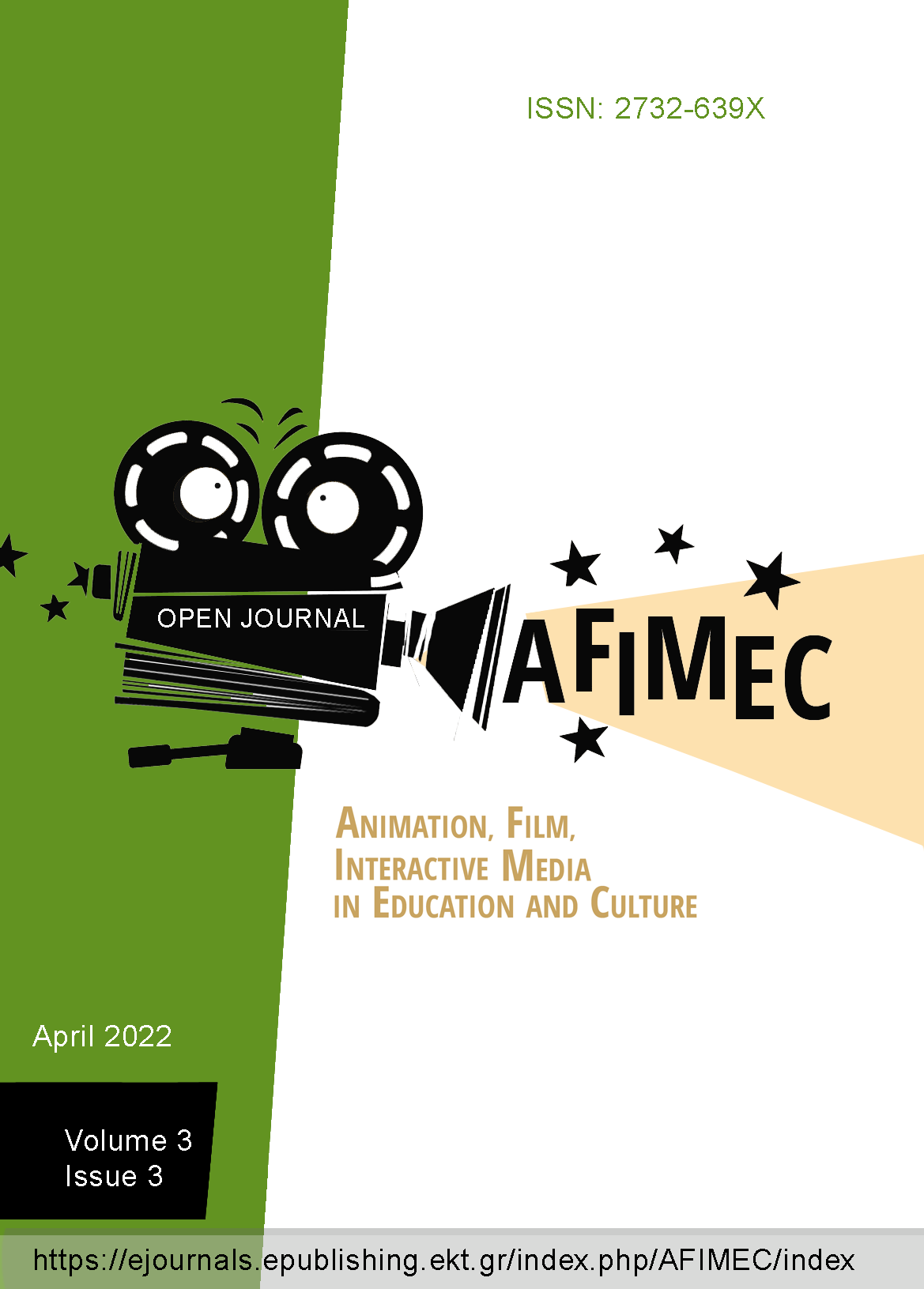«Βιωσιμότητα και καλλιτεχνική πρακτική στην ψηφιακή εποχή: Δημιουργία και κατανόηση περιβαλλοντικών μηνυμάτων»
Abstract
Oι πρόσφατες εξελίξεις υπογραμμίζουν τον κεντρικό ρόλο της καινοτομίας, της εκπαίδευσης και της ψηφιακής κοινωνίας στην βιώσιμη ανάπτυξη. H ψηφιακή εποχή αποτελεί εύφορο έδαφος και υπό αυτό το πρίσμα, οι νέες τεχνολογίες ενισχύουν τον συγκεκριμένο σκοπό. Ωστόσο, παρότι ο σύγχρονος ψηφιακός κόσμος προσφέρει πληθώρα πληροφοριών αναφορικά με τα περιβαλλοντικά θέματα, φαίνεται ότι υπάρχουν ακόμα ελλείψεις. Σύμφωνα με τον Ευρωπαϊκό Οργανισμό Περιβάλλοντος, η διατήρηση του περιβάλλοντος συνίσταται στην μετατροπή των πληροφοριών σε ουσιαστική γνώση μέσω ολοκληρωμένων δικτύων κοινωνικής δράσης. Ως εκ τούτου, η εκπαίδευση και ο πολιτισμός συμβάλλουν μέσω της κατάλληλης μετάδοσης και επικοινωνίας πληροφοριών, σχετικοί με τον σκοπό της Περιβαλλοντικής Επικοινωνίας. Συγκεκριμένα, ο σκοπός της συγκεκριμένης εργασίας είναι η ανάδειξη των ψηφιακών τεχνών ως ενός καινούριου μέσου περιβαλλοντικής επικοινωνίας και παράλληλα, ως ενός σύγχρονου επαγγελματικου πεδίου. Στη δική μας εμπειρική μελέτη περίπτωσης, εφαρμόζοντας μία Art-Based διδακτική προσέγγιση στη διάρκεια του εαρινού εξαμήνου με 40 φοιτητές του τμήματος Τεχνών Ήχου και Εικόνας επιχειρήθηκε μία μικτή μεθοδολογική προσέγγιση, ακολουθώντας τα βήματα της διαδοχικής επεξηγηματικής σχεδίασης. Σε πρώτη φάση, μέσω της ηλεκτρονικής χορήγησης ενός ερωτηματολογίου 10 ερωτήσεων, ελέγχθηκαν οι υποθέσεις αν τα ψηφιακά έργα με οικολογικό περιεχόμενο λειτουργούν ενημερωτικά με διαφορετικό τρόπο σε μια ψηφιακή συγκριτικά με μία υβριδική έκθεση και αν υπάρχει διαφορά στην επιλογή του συγκεκριμένου επαγγελματικού πεδίου αναλόγως του έτους σπουδών των φοιτητών. Στην ποιοτική φάση, οι φοιτητές, μέσα από την δημιουργία δικών τους έργων με οικολογικό περιεχόμενο, συμμετείχαν σε 2 ομαδικές ημι-δομημένες συνεντεύξεις 4 ερωτήσεων, επισημαίνοντας ότι η κοινωνική δράση εχει μεγαλύτερο αντίκτυπο στην κατανόηση των περιβαλλοντικών θεμάτων. Τα αποτελέσματα υποδεικνύουν ότι δημιουργία ενός διεπιστημονικού δικτύου συνεργασίας είναι μία πιο ολοκληρωμένη μορφή επικοινωνίας και ότι οι συλλογικές δράσεις ανταποκρίνονται σε μεγαλύτερο κοινό, καθιστώντας έτσι τον τομέα των ψηφιακών έργων με οικολογικό περιεχόμενο αποτελεσματικό και πιθανότερο ως επιλογή επαγγελματικού τομέα.
Article Details
- Come citare
-
Ταπάσκου Μ., Παπαδοπούλου Α., & Γιαννακουλόπουλος Α. (2022). «Βιωσιμότητα και καλλιτεχνική πρακτική στην ψηφιακή εποχή: Δημιουργία και κατανόηση περιβαλλοντικών μηνυμάτων». Open Journal of Animation, Film and Interactive Media in Education and Culture [AFIMinEC], 3(3). https://doi.org/10.12681/afiinmec.31740
- Fascicolo
- V. 3 N. 3 (2022): afimec
- Sezione
- Articles
- Οι Συγγραφείς διατηρούν τα Πνευματικά Δικαιώματα και χορηγούν στο περιοδικό το δικαίωμα της πρώτης δημοσίευσης ενώ ταυτόχρονα τα πνευματικά δικαιώματα της εργασίας προστατεύονται σύμφωνα με την Creative Commons Attribution License που επιτρέπει σε τρίτους - αποδέκτες της άδειας να χρησιμοποιούν την εργασία όπως θέλουν με την προϋπόθεση της διατήρησης των διατυπώσεων που προβλέπονται στην άδεια σχετικά με την αναφορά στον αρχικό δημιουργό και την αρχική δημοσίευση σε αυτό το περιοδικό.
- Οι Συγγραφείς μπορούν να συνάπτουν ξεχωριστές, και πρόσθετες συμβάσεις και συμφωνίες για την μη αποκλειστική διανομή της εργασίας όπως δημοσιεύτηκε στο περιοδικό αυτό (π.χ. κατάθεση σε ένα ακαδημαϊκό καταθετήριο ή δημοσίευση σε ένα βιβλίο), με την προϋπόθεση της αναγνώρισης και την αναφοράς της πρώτης δημοσίευσης σε αυτό το περιοδικό.



